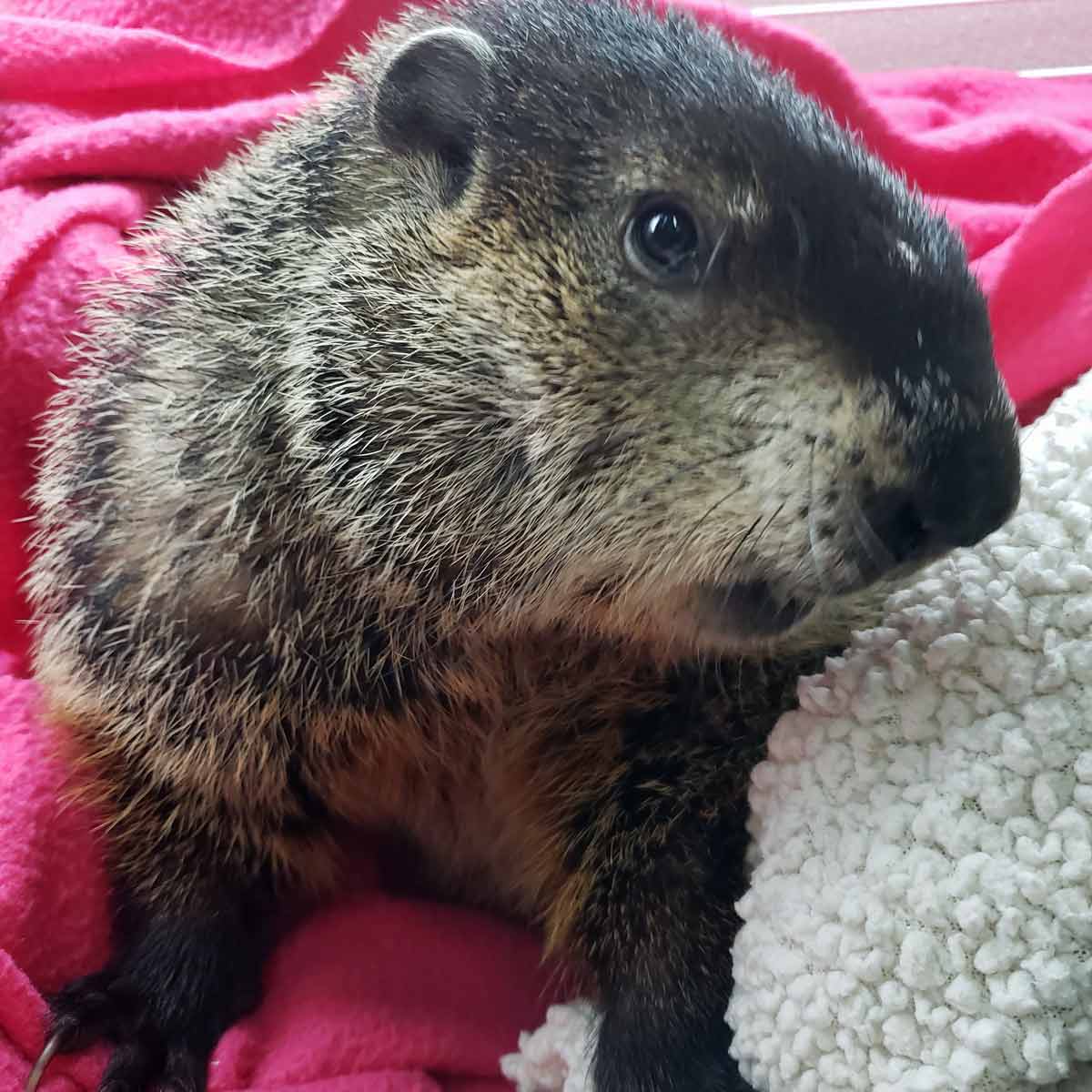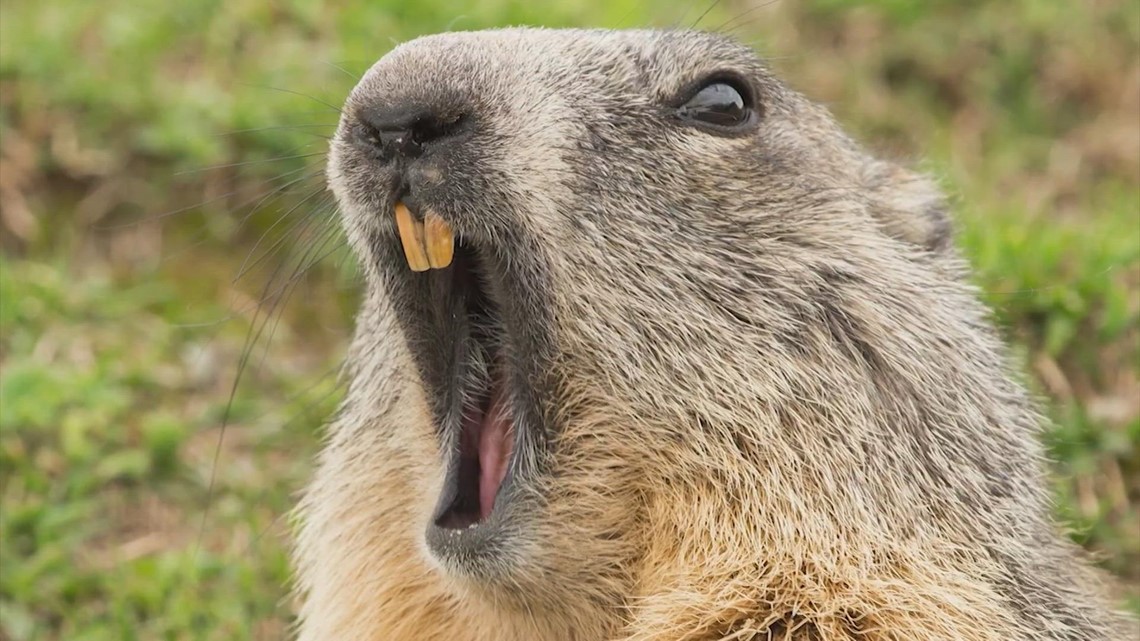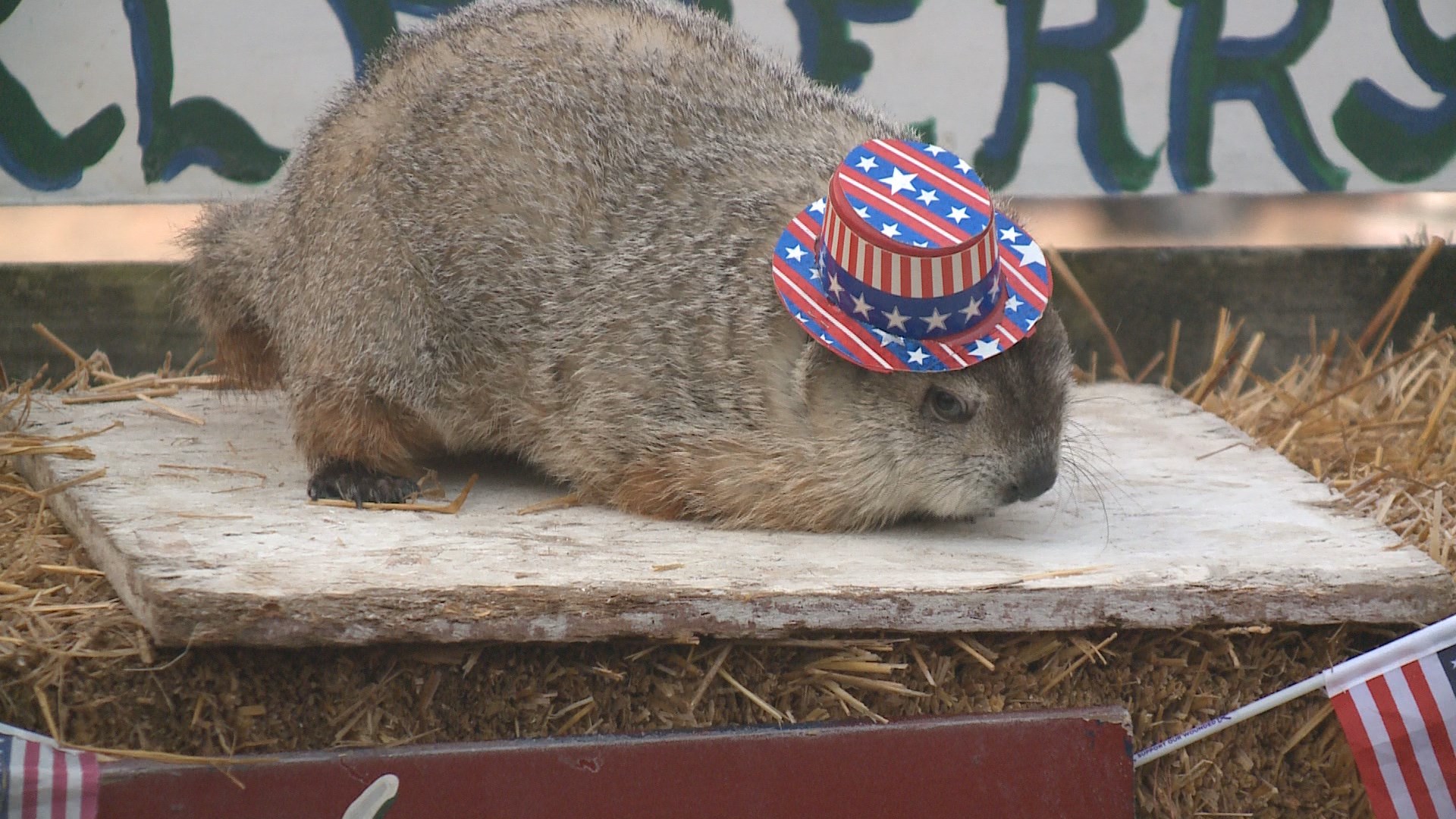I. Introduction
In the realm of unique pets, rodents often capture the hearts of individuals with their endearing personalities and diverse characteristics. Among these intriguing creatures, groundhogs, also known as woodchucks, stand out as remarkable animals, renowned for their burrowing habits, herbivorous diets, and fascinating winter hibernation. While often overlooked in favor of more traditional furry companions, groundhogs possess a distinct charm and appeal that make them rewarding companions for those seeking an unconventional pet experience.
II. Unraveling the Enthralling Nature of Groundhogs
Groundhogs belong to the order Rodentia, a diverse group of mammals that includes over 2,000 species worldwide. These sturdy creatures are found in a variety of habitats, from grasslands and meadows to woodlands and agricultural areas. Groundhogs are distinguished by their robust bodies, powerful claws, and keen senses, particularly their exceptional hearing and sense of smell.
Beyond their physical attributes, groundhogs exhibit captivating behaviors that reveal their intricate connection to their environment. As skilled burrowers, they create extensive underground tunnels that serve as their homes, providing shelter from predators and extreme weather conditions. Groundhogs are herbivores, primarily consuming a variety of plants, fruits, and vegetables. Their most remarkable behavior is their winter hibernation cycle, during which they enter a state of dormancy to conserve energy and survive the harsh winter months.
III. Considering a Groundhog as a Companion: A Comprehensive Assessment
Before welcoming a groundhog into your home, it is crucial to carefully consider the suitability of these extraordinary creatures as pets. Groundhogs are not domesticated animals, and they retain their wild instincts. They are solitary creatures that do not require constant interaction or attention. Additionally, their burrowing habits and preference for spacious enclosures may not align with the lifestyles of all pet owners.
Ethical considerations surrounding groundhog ownership should not be underestimated. Ensure that your groundhog is sourced from a reputable breeder or rescue organization to prevent the illegal pet trade and support responsible breeding practices. Research local regulations regarding groundhog ownership to ensure compliance.
The financial commitment required for groundhog care should not be overlooked. Spacious enclosures, specialized diets, and veterinary care can add up to significant expenses. Be prepared to invest in the long-term well-being of your groundhog companion.
IV. Preparing a Home for Your Groundhog Companion
Creating a stimulating and spacious indoor enclosure is essential for your groundhog’s physical and mental well-being. The enclosure should mimic the groundhog’s natural habitat, providing ample space for movement, burrowing, and perching. A substrate that promotes drainage and allows for digging behavior, such as a mixture of topsoil, sand, and hay, is crucial for their health.
Proper lighting, humidity, and temperature control are essential for maintaining your groundhog’s health and well-being. Use a low-wattage red light at night to simulate moonlight, as groundhogs are sensitive to bright lights. Humidity levels should be maintained around 30-40%, and the temperature should range between 60-70 degrees Fahrenheit.
V. Nurturing a Bond with Your Groundhog Companion
Respecting your groundhog’s solitary nature is essential for building a harmonious relationship. Allow your groundhog time to adjust to its new environment and avoid forcing interaction. Handle your groundhog gently and with care, avoiding sudden movements or loud noises.
Learning to interpret your groundhog’s body language and vocalizations is key to understanding its needs and moods. A relaxed groundhog will typically sit with its legs tucked under its body, while an agitated groundhog may puff itself up or make defensive sounds. Observe your groundhog’s behavior closely to identify signs of stress or discomfort.
VI. Maintaining the Well-being of Your Groundhog Companion
Establishing a regular feeding schedule with a varied diet of fresh vegetation, fruits, and vegetables is essential for your groundhog’s health. Consult with an experienced veterinarian or animal nutritionist to determine the specific dietary needs of your groundhog species. Provide fresh, clean water at all times, ensuring proper hydration. A shallow water dish is ideal, allowing your groundhog to drink and soak its paws.
Regularly inspect your groundhog for signs of illness, such as lethargy, loss of appetite, or unusual skin lesions. If you notice any concerns, consult with an experienced veterinarian promptly. Early diagnosis and treatment can improve the chances of a successful recovery.
VII. Groundhogs and the Wider World: Conservation and Environmental Considerations
Groundhogs play a vital role in their ecosystems, acting as natural pest controllers and contributing to nutrient cycling. However, several groundhog species face conservation threats due to habitat loss, pollution, and the illegal pet trade.
Responsible pet ownership includes supporting conservation efforts. Choose groundhogs from reputable sources that prioritize ethical breeding practices and contribute to conservation initiatives. Educate others about the importance of groundhog conservation and encourage responsible pet ownership practices. By understanding the threats to groundhog populations, we can advocate for their protection and ensure their continued existence in the wild.

VIII. Additional Considerations
Groundhogs hold cultural significance in various societies. Additionally, in North America, they are associated with the tradition of Groundhog Day, symbolizing the arrival of spring. Exploring the diverse cultural interpretations of groundhogs can deepen our appreciation for these fascinating creatures. Moreover, the introduction of groundhogs as pets can potentially impact local ecosystems if they escape or are released into the wild. Groundhogs are skilled burrowers and can wreak havoc on gardens and landscapes. Therefore, be aware of the potential risks and ensure your groundhog is securely housed. Responsible pet ownership requires considering the wider environmental impact of our choices.
IX. Conclusion
Groundhogs, with their unique appearance, captivating behaviors, and ecological importance, offer a rewarding, yet unconventional, pet experience. However, welcoming them into your home requires a commitment to providing them with the care, attention, and respect they deserve. Responsible pet ownership means understanding their needs, creating a stimulating environment, and prioritizing their well-being. Groundhogs are not low-maintenance pets, and their wild instincts should be respected.
X. Future Perspectives in Groundhog Care and Conservation
Advancements in groundhog nutrition and healthcare are constantly evolving. Research into their dietary needs and potential health concerns can improve their overall lifespan and well-being in captivity. Additionally, technological advancements may offer new tools for monitoring groundhog behavior and health, allowing for more personalized care and a deeper understanding of these fascinating creatures.
The future of groundhog conservation also holds promise. Educational programs and public awareness campaigns can promote responsible groundhog ownership and encourage support for conservation initiatives. Collaborations between breeders, veterinarians, and conservation organizations can pave the way for a future where groundhogs thrive both in their natural habitats and as cherished companions in our homes.
XI. Groundhogs: Fascinating Creatures with a Wild Spirit
Groundhogs, for centuries, have captured human imagination with their distinctive features, burrowing skills, and fascinating hibernation cycle. Additionally, as we contemplate welcoming them into our lives, it is crucial to approach their care with a sense of responsibility, respect, and a deep appreciation for their wild nature. By understanding their needs, providing them with a stimulating environment, and supporting conservation efforts, we can ensure that groundhogs continue to grace our homes as cherished companions and ambassadors of the wild world. Furthermore, remember, groundhogs are not simply pets; they are fascinating wild animals with a vital role to play in the delicate balance of our ecosystems. By choosing responsible ownership and prioritizing their well-being, we can forge a lasting bond with these remarkable creatures and contribute to the preservation of their beauty and wonder for generations to come.






